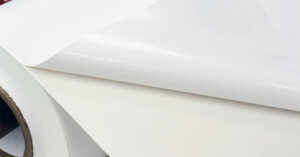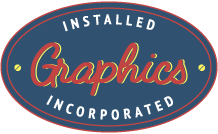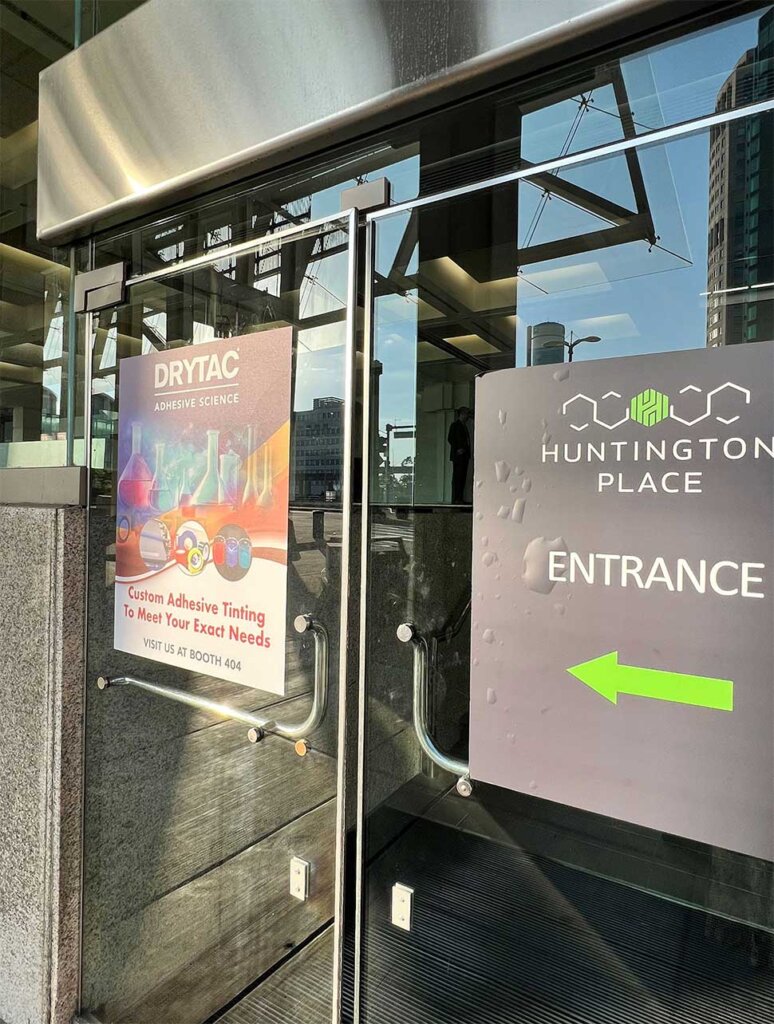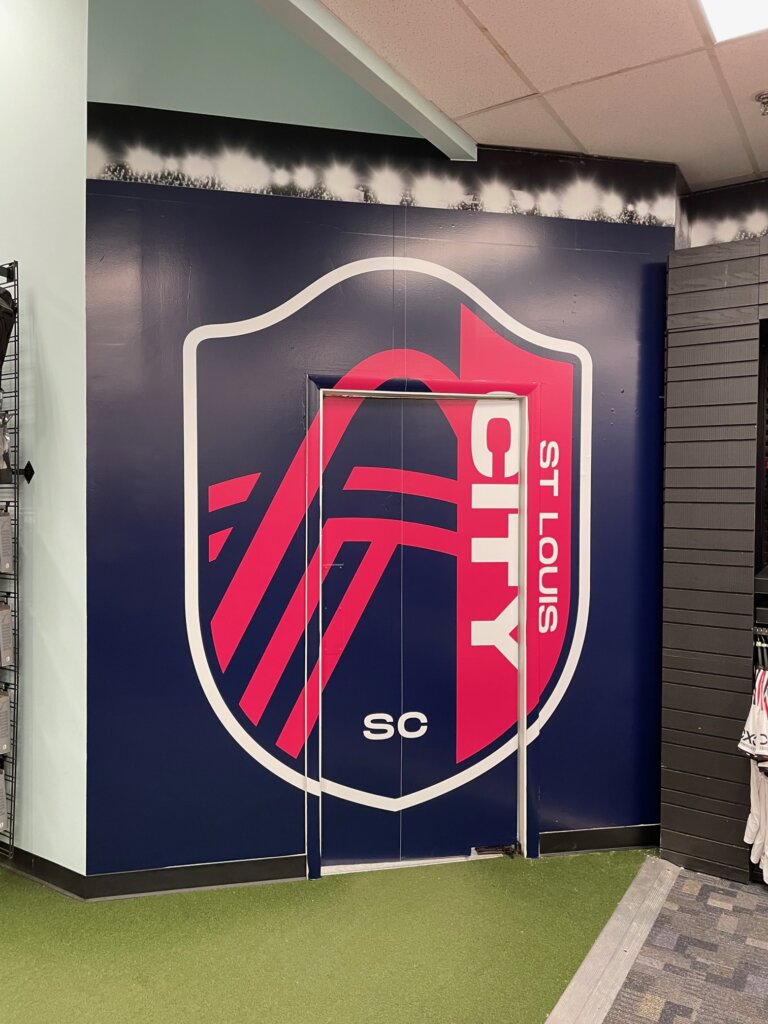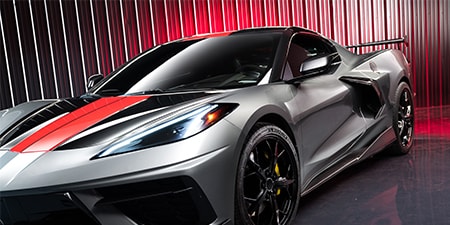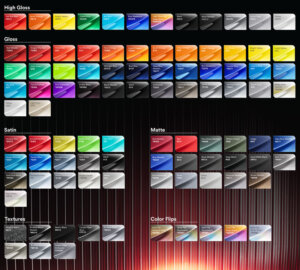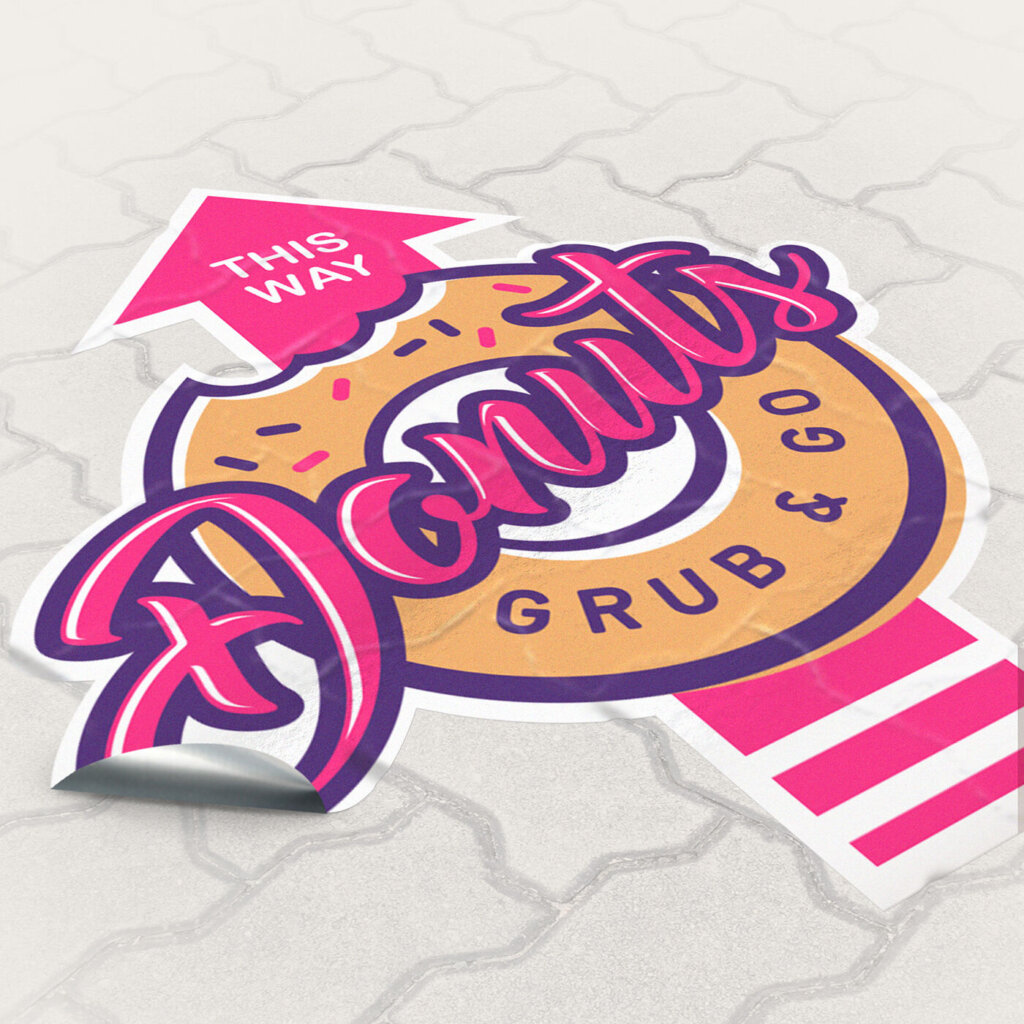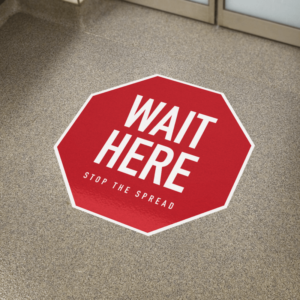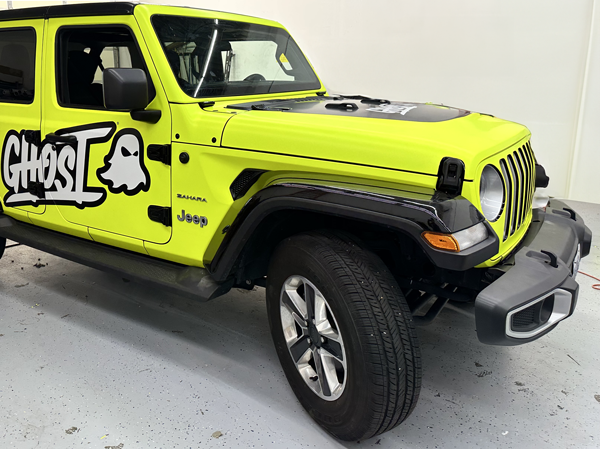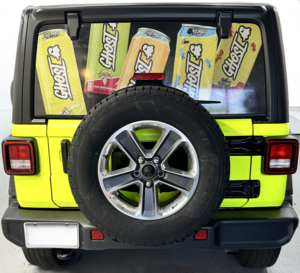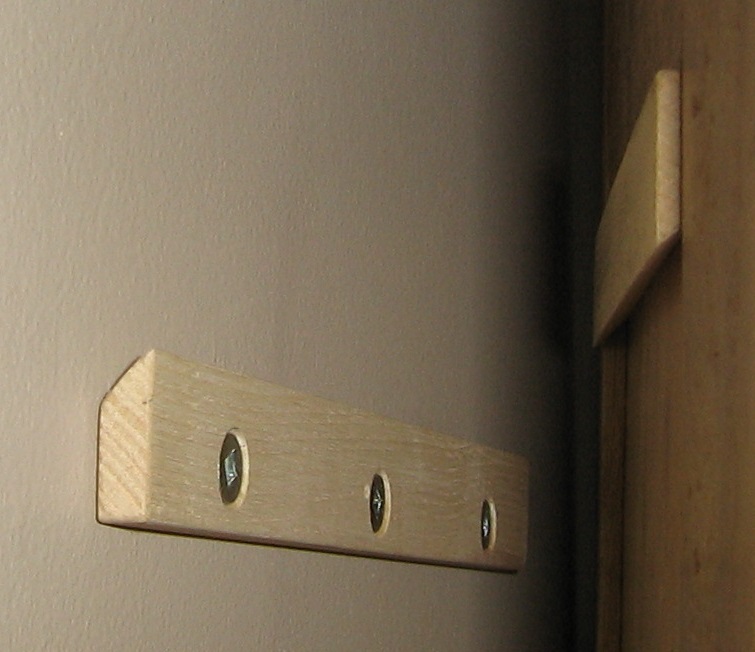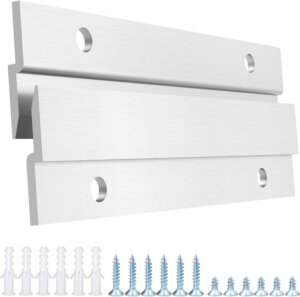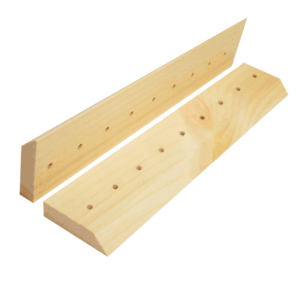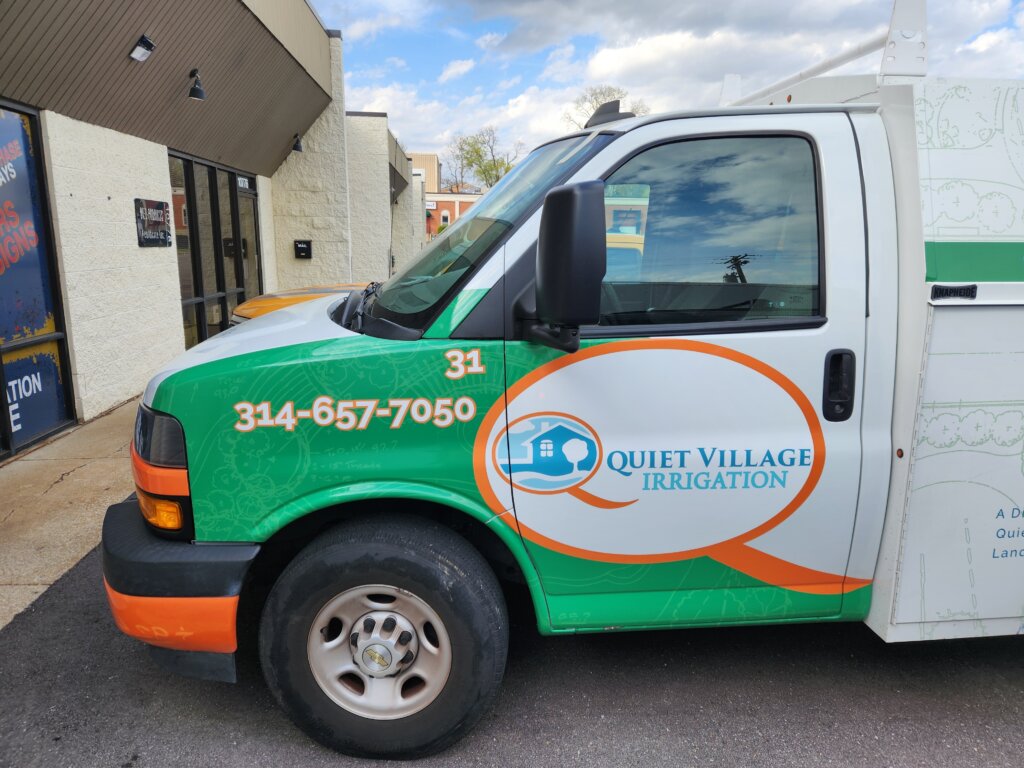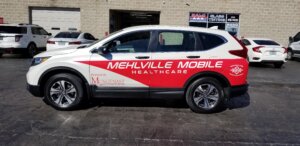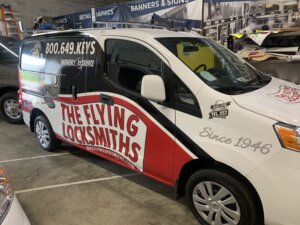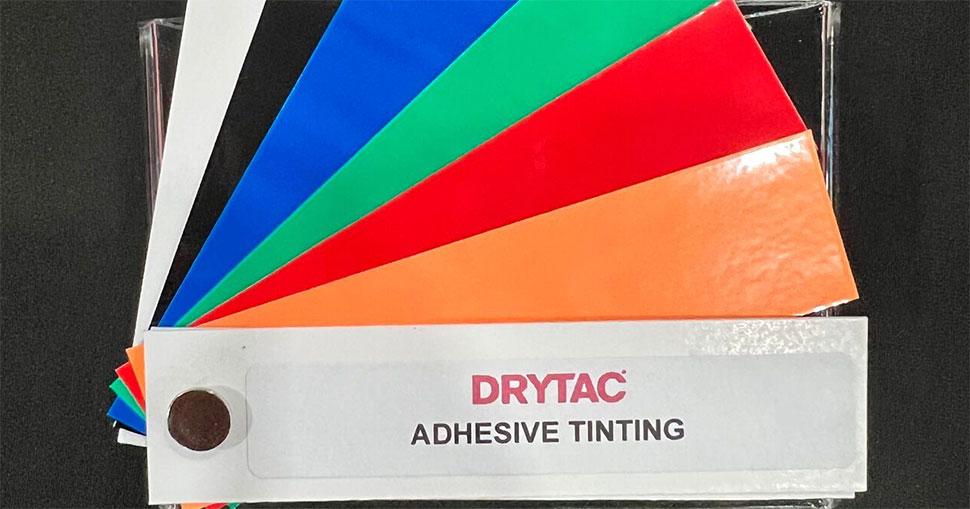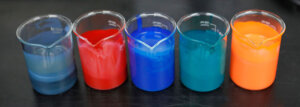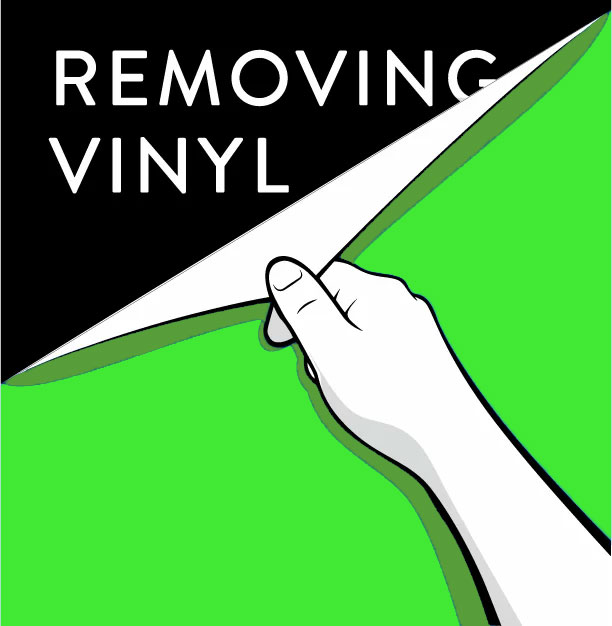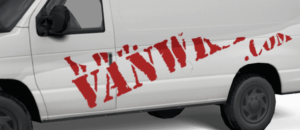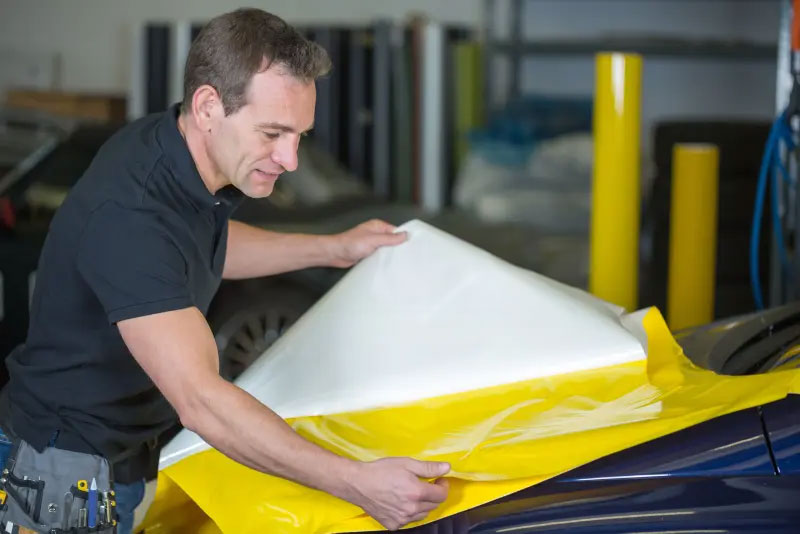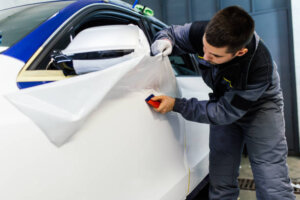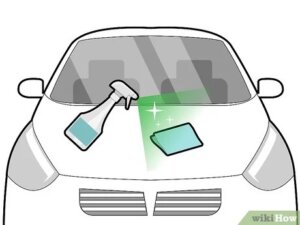Stand Out from the Crowd: Differentiate Your Business with Wall Graphics
In the competitive world of business, creating a unique and memorable brand presence is crucial. One highly effective way to achieve this is through the use of wall graphics. These visually striking elements can transform any space, leaving a lasting impression on clients and employees alike. Here’s how wall graphics can help differentiate your business and elevate your brand.
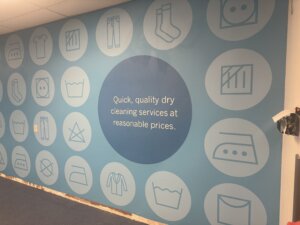
What Are Wall Graphics?
Wall graphics, also known as wall decals or wall murals, are large-scale designs applied directly to walls. They can range from simple logos and slogans to intricate designs and full-scale murals. Made from high-quality vinyl, these graphics are durable, easy to apply, and can be customized to fit any space or design preference.
Benefits of Wall Graphics
1. Enhance Brand Identity
Wall graphics are a powerful way to reinforce your brand identity. By incorporating your brand colors, logo, and messaging into your office or retail space, you create a cohesive and immersive brand experience. This helps clients and employees connect with your brand on a deeper level.
2. Create a Memorable Experience
Unique and visually appealing wall graphics can turn a mundane space into a memorable experience. Whether it’s a bold mural in your reception area or inspirational quotes in your meeting rooms, these graphics can captivate attention and leave a lasting impression on visitors.
3. Improve Employee Morale
A well-designed workspace can significantly impact employee morale and productivity. Wall graphics can create an inspiring and motivating environment, fostering creativity and a positive work culture. Customized designs that reflect your company’s values and vision can make employees feel more connected and engaged.
4. Versatility and Flexibility
Wall graphics are highly versatile and can be used in various settings, from corporate offices and retail stores to restaurants and hotels. They can be easily updated or replaced, allowing you to keep your space fresh and aligned with current branding or seasonal promotions.
5. Cost-Effective Decor
Compared to traditional wall art or renovations, wall graphics are a cost-effective way to enhance your space. They provide high visual impact without the need for expensive materials or extensive labor. This makes them an ideal choice for businesses looking to make a big impression on a budget.

Designing Effective Wall Graphics
1. Reflect Your Brand
Your wall graphics should reflect your brand’s personality and values. Use your brand colors, fonts, and imagery consistently to create a cohesive look. This helps reinforce your brand identity and makes your space instantly recognizable.
2. Prioritize Simplicity and Clarity
While creativity is important, clarity should not be sacrificed. Ensure that your graphics are easy to understand and not overly cluttered. Simple, bold designs often have the most impact and are easier for people to remember.
3. Consider Your Space
Tailor your wall graphics to the specific space they will occupy. Consider the size, shape, and function of the wall. For example, a large mural might be perfect for a spacious lobby, while smaller decals might work better in hallways or offices.
4. Professional Installation
To achieve the best results, have your wall graphics professionally installed. This ensures a smooth, bubble-free application and a polished, professional look. Professional installers can also provide guidance on the best materials and finishes for your specific needs.
Real-World Examples
1. Google Offices
Google is known for its creative and vibrant office spaces. Their use of wall graphics includes playful designs, inspirational quotes, and brand-related imagery. These graphics create a dynamic and engaging environment that reflects Google’s innovative culture.
2. Retail Stores
Many retail stores use wall graphics to enhance their customer experience. From eye-catching promotional graphics to decorative elements that reflect the brand’s theme, these graphics help create an inviting and immersive shopping environment.
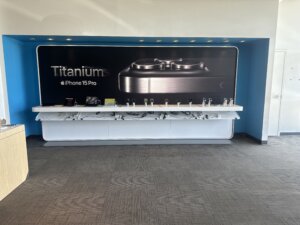
Conclusion
Wall graphics are a powerful tool for differentiating your business and creating a memorable brand presence. They offer numerous benefits, from enhancing brand identity and improving employee morale to providing cost-effective and versatile decor solutions. By designing impactful graphics that reflect your brand and having them professionally installed, you can transform your space and make a lasting impression on everyone who walks through your doors.
Ready to elevate your business with stunning wall graphics? Contact us today to start designing your custom wall graphics and make your space truly unforgettable! 314-872-3100
